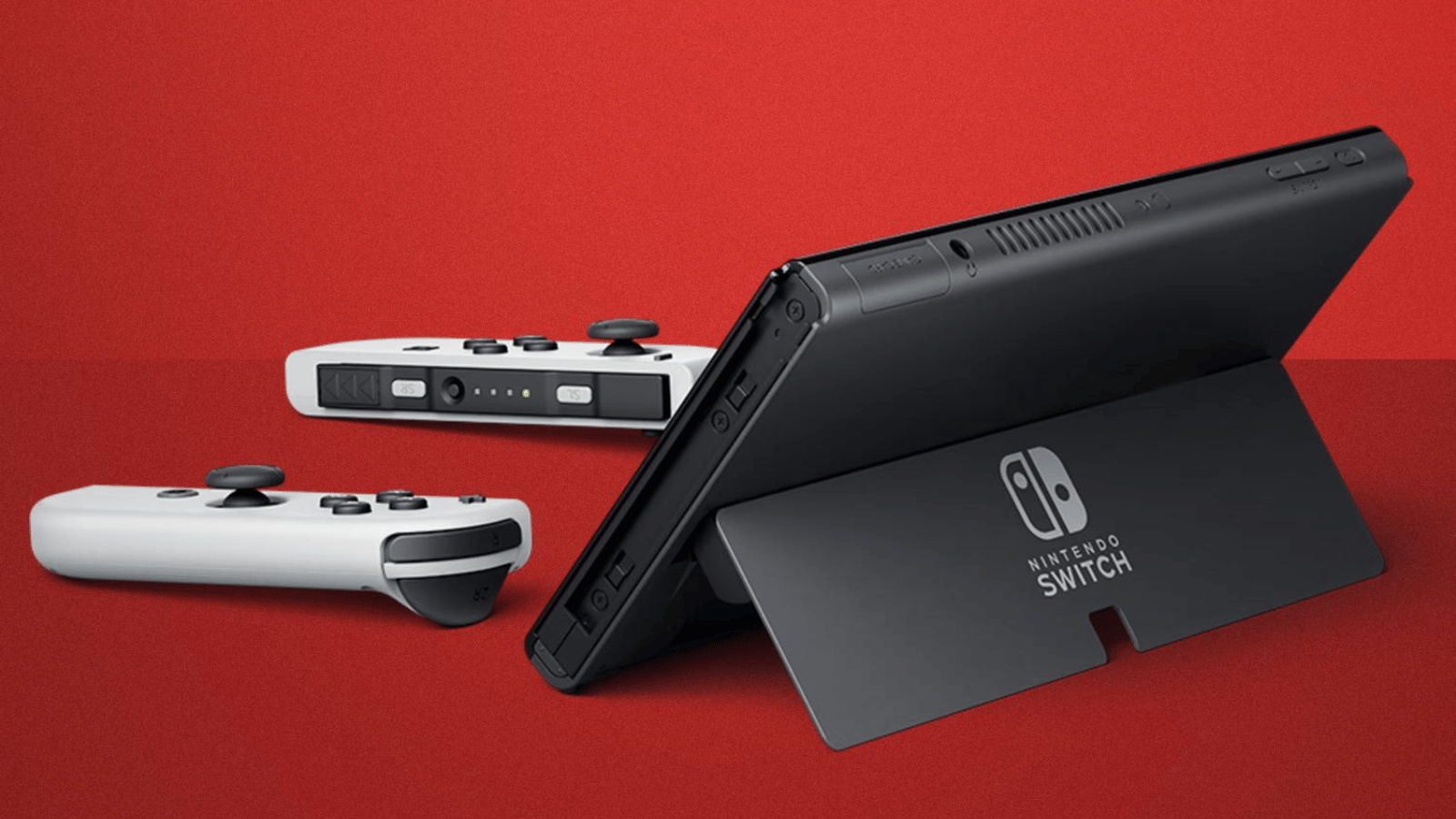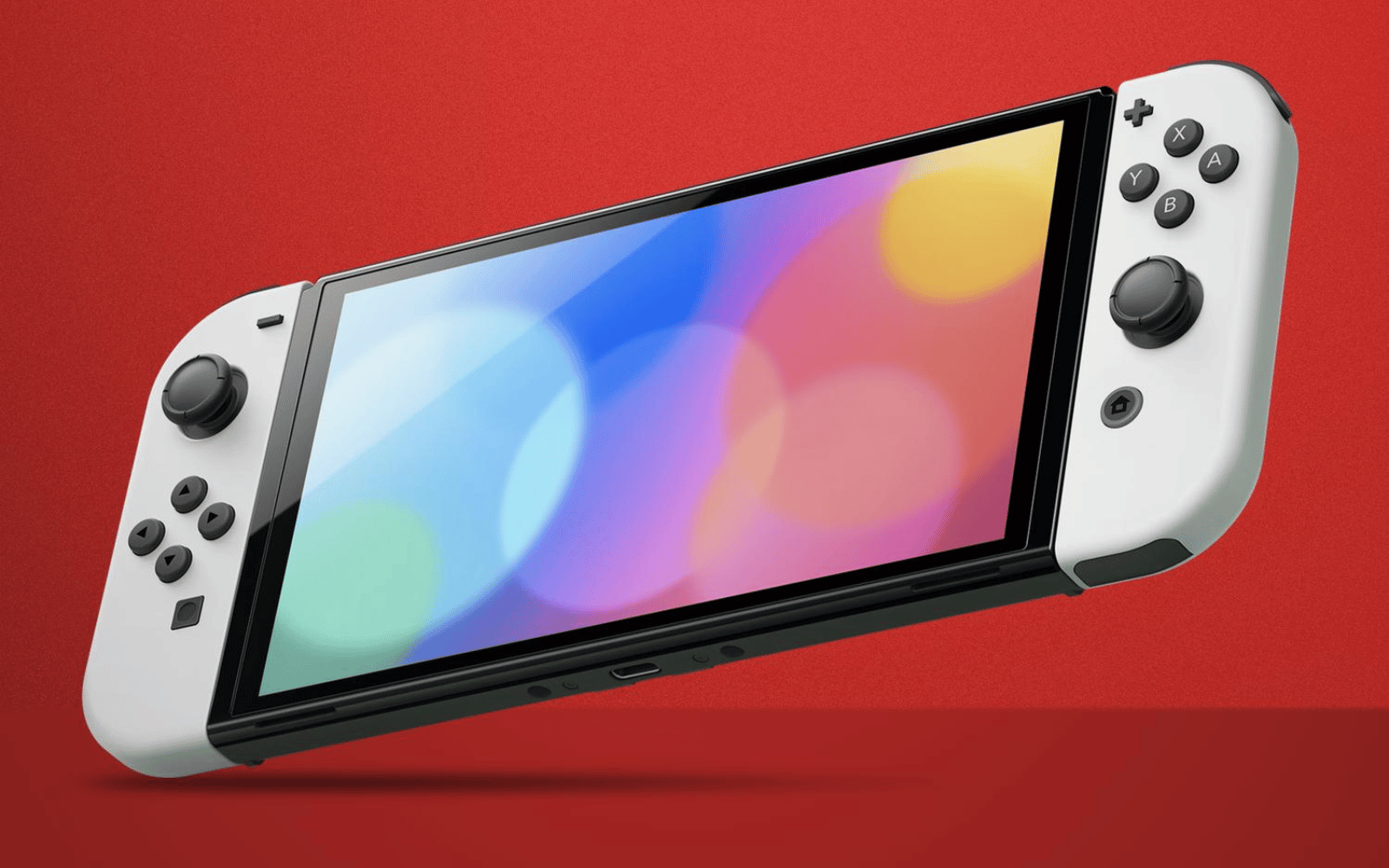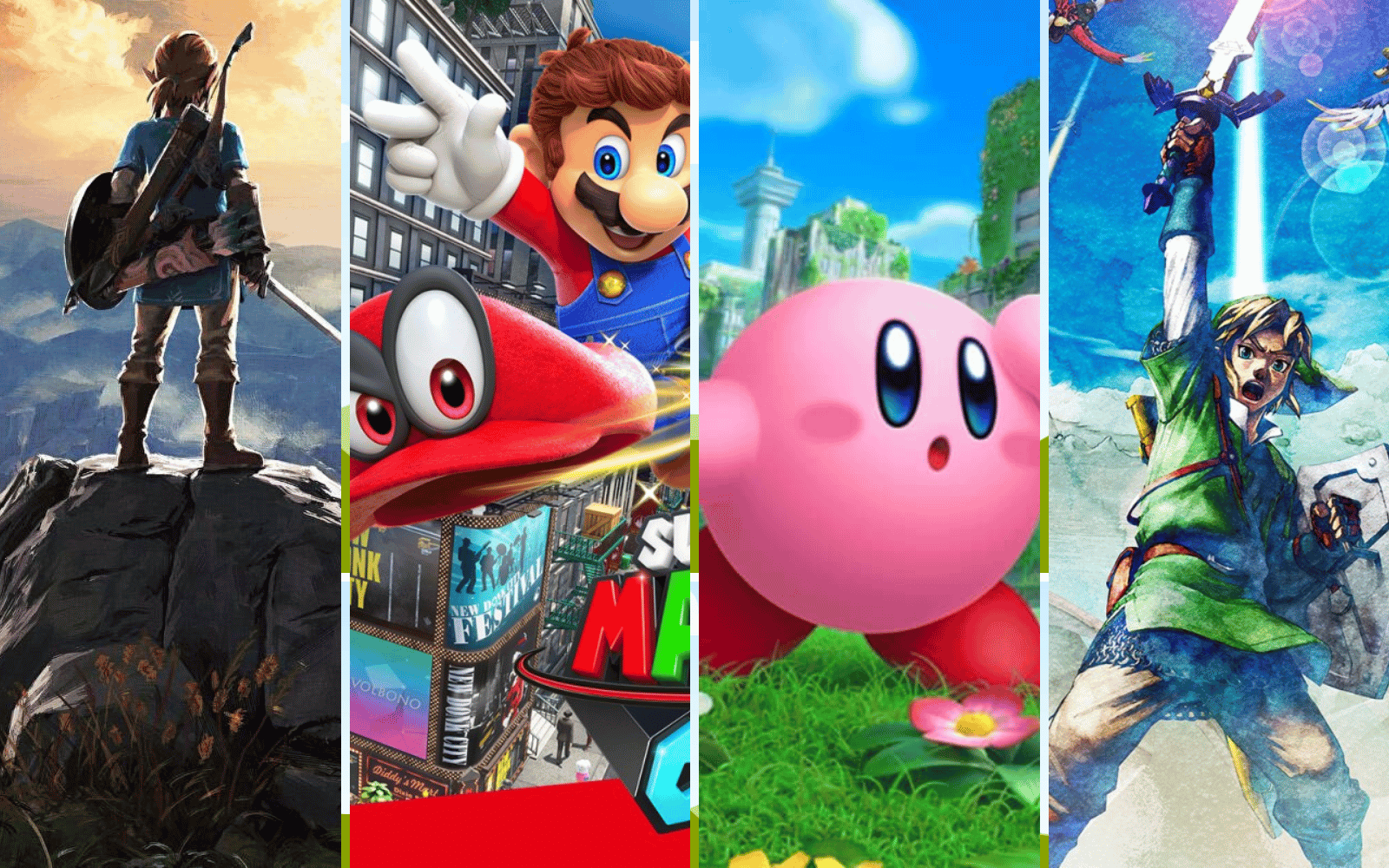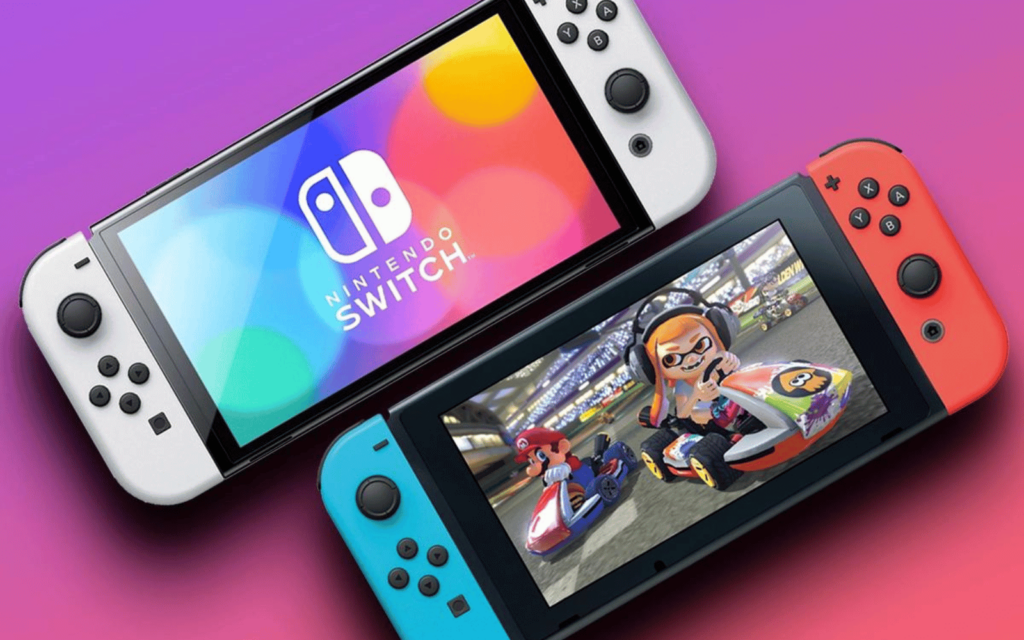It’s been nearly two years since Nintendo last released a console; the Nintendo Switch OLED, an upgrade to the Big N’s regular old Nintendo Switch. Considering the original Switch’s age, having passed its sixth birthday in March, you’d think picking the right one of the two should be a pretty straightforward task. Anyone familiar with Nintendo will know that this isn’t the case.
And we haven’t even mentioned the Switch’s firstborn spin-off: the Switch Lite. That one’s a little easier to discern from the rest of the pack for the more-experienced Nintendo shills. But for new players? It only adds an extra layer of confusion that could be easily avoided in the purchasing process.
That’s why we’re here. To help you choose the right console. If you’ve already bitten the bullet and bought one of the Switch models, we’ve already compiled a list of games that should be your priority to play.
Size does matter

In terms of design, the Switch and subsequent OLED model are virtually identical. Both feature detachable joy-cons, with the power button, volume buttons, charging port, and SD card slots being in the exact same place.
It’s not until you start looking at the console itself that you’ll notice a difference. Where the Switch’s 6.2in LCD display was revolutionary for the 2017 release, the subsequent 7in OLED model was a breath of fresh air – though the difference is only fully appreciated in handheld mode. If you’re on the go often, the extra real estate is something you’ll struggle to live without. And with load shedding having no end in sight, South African players will often be confined to handheld mode.
A final difference in the design is the implementation of a greatly improved kickstand. Where the original Switch’s kickstand borders on ‘flimsy’ and only has one viewing angle, the OLED adds a larger, adjustable kickstand that’s superior to the previous iteration in every way.
Displaying an outward sense of OLED

As we’ve already said, the OLED’s biggest difference is its 7in OLED display. There’s a common misconception that the OLED display somehow translates to an overall graphics boost, but that’s just not how it works. Sure, having an OLED display does offer up better colours and contrasts but the 1280 x 720 HD output isn’t any different to the standard Switch.
Once docked, there’s virtually no difference between the two. Both are capable of a 1080p output – with the internals being mirrored, down to the Custom Nvidia Tegra X1 and 4GB of RAM. If you’re dead set on only playing in docked mode, it’s hard to justify the OLED’s larger price tag.
Docking up

Functionally, differences between the OLED and standard Switch docks are slim. Each has a USB-C port for the console to slide into, an HDMI port, and a regular USB-A on the back. But the OLED does have a few extra features up its sleeve. A LAN port has been thrown into the mix, with Nintendo giving the back an overall tidy-up. Gone is the cheap plastic and hinged-up back cover, replaced with a more premium plastic, and removable back plate to access the ports we mentioned above. The design has been altered slightly to give the dock more room to breathe.
Both models’ docks are interchangeable, meaning the standard Switch will work on the OLED’s dock and vice-versa. There are third-party docks out there, but go down that route at your own risk.
More storage = more games

Lugging around Switch games can be a hassle, which leads many players down the digital route. That can be difficult on the standard Switch, which only has 32GB of onboard storage to play around with, compared to the OLED’s 64GB. Fortunately, both models have slots (found on the underbelly of the console) that allow for an expansion of up to 2TB.
You’ll struggle to find an SD card that won’t be supported on the Switch. But… just to be safe, make sure it’s a UHS-I Micro SD, Micro SDHC, or Micro SDXC.
The life of a Switch battery

Okay, there’s a lot to unpack here. First – you won’t find a longer battery or charging life in the OLED model. It’ll still get you through a load shedding session with a four to nine hours of battery life, and a three-hour charge-up time. Theoretically, however, the OLED should net a longer battery life, due to the display’s deep blacks and individually lit pixels. Unless you’re playing hardware-intensive games like The Witcher 3: Wild Hunt, which gobbles up battery faster than you can say ‘Wind’s howling’.
It’s worth noting that if you’re buying a Switch from the 2017-2019 era, battery life is considerably worse. That’s because Nintendo released a ‘new’ model that was identical to the original, but with a more capable battery that carried over to the 2021 OLED release. If you’re one of those with the old battery – and there’s an easy tell: if your console’s box isn’t all red – you might want to consider making the switch.
Going Lite

If neither the Switch nor Switch OLED is titillating your fancy, there is a third option; the Switch Lite. This is the least-talked-about console, due to its lack of detachable joy-cons, dock, or OLED display. It’s a very bare-bones machine that best imitates the original Switch. In terms of hardware, it manages the same 1280 x 720 HD output and even features the same processing unit.
Sure, it’s more portable, but it misses out on much what made the Switch so different. If you don’t care about connecting to TVs or monitors and only want something for travelling around, the R5,000 price tag is mightily attractive.
Time to make a decision

At the end of the day, you can’t go wrong with any Switch you decide to pick up. If you’re new to the game, we’d recommend diving in and picking up an OLED device. You’ll be looking at around R9,000 for it, a measly R1,500 more expensive than the original model. You’re getting a bigger and better display, LAN capabilities, stronger speakers, and more storage.
If you already own a standard Switch or would just like to save a bit of money, we’d steer clear of the OLED, unless you’ve got the extra cash to spare. Where the original Switch differs in a lack of ethernet ports and lesser storage, it can be made up for with SD cards and third-party docks. And, at the end of the day, it’s all about playing Tears of the Kingdom on the big screen, right?




